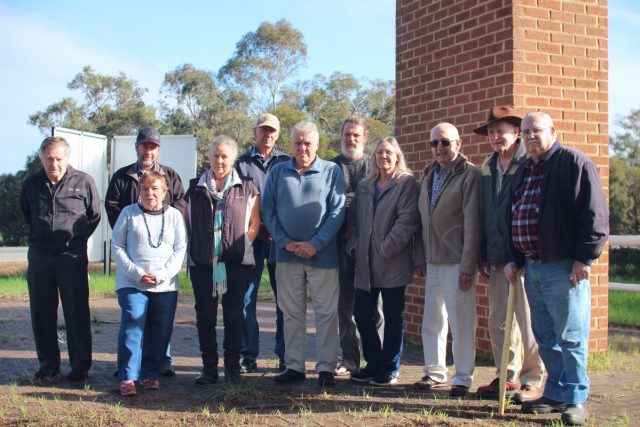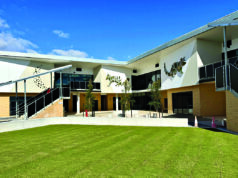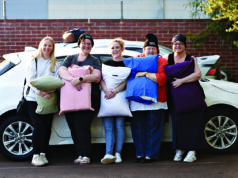
Two local community groups have joined forces to air concerns about a $55 million plan to expand operations at Austral Bricks’ Cardup site.
Serpentine Jarrahdale Ratepayers Association president and Cardup Stakeholder Consultative Group member Alan Clarkson said he and other members were “shocked” to find out about the company’s plan to upgrade and expand its existing brickworks facility on Kiln Road.
It is understood the company submitted a development application back in October last year seeking to demolish part of the decommissioned site and clear vegetation to allow it to expand the factory’s footprint by 8944 square-metres.
Mr Clarkson has since voiced concerns about the potential health and environmental impacts of increasing production in what is now a growing residential area.
The brickworks site has operated on the southern extremity of Byford for more than a century, but the surrounding area has become more urbanised over the last decade.
Mr Clarkson said the operations’ incremental growth in output, coupled with the urbanisation of Byford, meant it had reached a point where it was in major conflict with the surrounding land use.
Members of the Scarp Residents Association have also raised concerns about the prevailing south-easterly winds carrying dust and other discharges from the site across the Scarp development area, which is currently home to several residential developments and is earmarked for a new primary school.
At present, there is urban development within 180 metres of the site boundary and the expanded factory will be within 400 metres of the nearest residence.
According to EPA Guidelines, clay brick manufacturing requires a buffer of 300 to 1000 metres between Industrial and Sensitive Land uses – which include residential areas, schools, hospitals and holiday accommodation.
Mr Clarkson said he believed the proposal should be subjected to a Public Environmental Review to assess its impacts – the highest level of assessment undertaken by the EPA.
“Dust from these operations has been a constant problem for residents, and we’ve been trying to ascertain the impact of this dust on human health as a result of prolonged exposure,” he said.

“I’m also concerned with the pollution emissions from the main kiln, as well as the drying kiln, and this will be more significant with higher outputs and the proximity of increasing nearby residential development.
“We understand the desire to stimulate the economy post-COVID-19 and have jobs for our community, but we don’t want them at the expense of our health and environment.
“We believe there should be a full Public Environmental Review by the EPA.”
But Austral Bricks WA general manager David Johnson said the company was committed to managing its operations in a manner so as to not adversely affect the community or environment and had already undertaken a number of investigations, including environmental modelling, to comply with the government’s stringent approvals process.
“The site is managed in accordance with all relevant legislation and current state and local government approvals; and supported by the company’s environmental management system,” he said.
“The development will achieve many environmental benefits including replacement of the existing kiln with a highly efficient natural gas fired kiln, a new baghouse scrubber which will further minimise air emissions and improvements to on-site drainage.”
It is understood Austral Bricks has not been required to conduct any further reviews or assessments by the relevant authorities.
The shire’s public consultation period for the proposal closed on July 2 and the matter is now expected to reach the Joint Development Assessment Panel.













